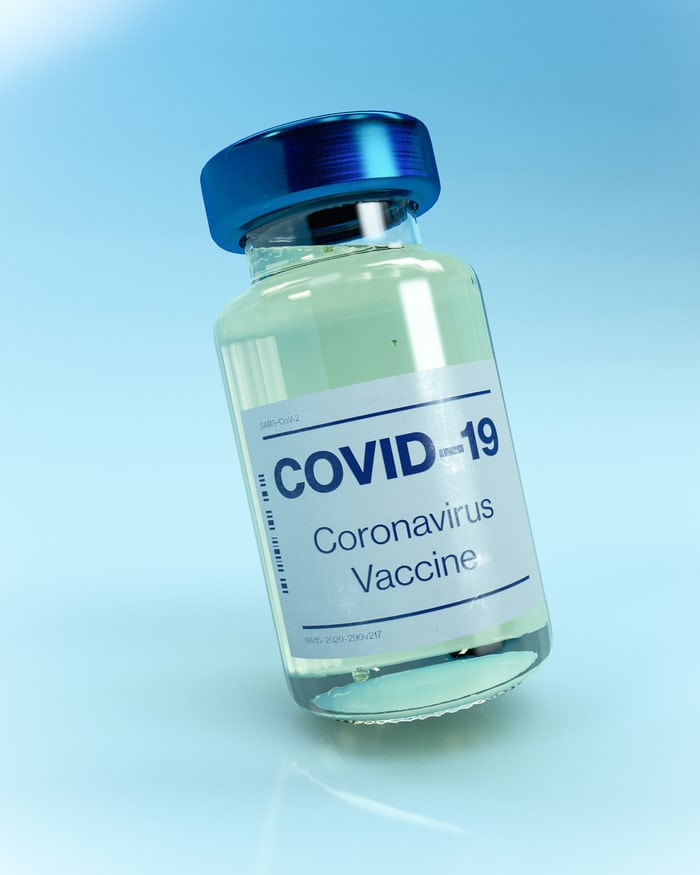
After enduring almost nine months of COVID-19 in the United States, it seems as if a vaccine may not be far away. On Nov. 9, the biopharmaceutical company Pfizer and the biotech company BioNTech announced that their vaccine candidate was more than 90 percent effective in phase three trials.
The study consisted of nearly 44,000 participants, with only 94 participants testing positive for COVID-19. Half of the participants received the vaccine and the other half received a placebo. The companies then waited for participants to get sick, then they were able to determine the effectiveness of the vaccine based on what group each infected person was a part of. No serious safety concerns related to the vaccine have been reported. The study will continue to gather more efficacy and safety data.
The clinical trial will continue until there are 164 confirmed cases in order to collect further data and characterize the vaccine’s performance against other study endpoints. This is what will likely cause the greatest delay in the vaccine being available to the general public. While these initial results are promising, it is much too small of a sample to determine just how effective the vaccine really is, as well as potential safety concerns. As well, the trial needs to collect two months of safety data as required by the U.S. Food and Drug Administration (FDA).
Pfizer will apply for emergency authorization after it collects the two months of data necessary, at which point the FDA will work with an outside group of experts to go through data about the effectiveness, safety and the company’s production potential. This process could take weeks to complete.
The vaccine could potentially be authorized for high-risk populations by the end of the year, but that is dependent on everything proceeding on schedule and the initial data holding up in a larger sample size. Once the vaccine is authorized, high-risk populations – such as health care workers, older adults and those with health conditions that put them at a higher risk – will be the first to get it. The vaccine will likely be available to the general public after that.
This will also depend on the production capability by Pfizer and BioNTech. The companies announced that, based on current projections, they expect to produce 50 million doses in 2020 and 1.3 billion doses in 2021. While this is not nearly enough doses to satisfy the world’s demand for a vaccine, if the vaccine is authorized, other companies will be able to manufacture it to help meet the demand.
Soon after Pfizer’s publicization of the results of its clinical trials, the American biotech company Moderna announced that its own coronavirus vaccine was 94.5 percent effective in preliminary trials. Like Pfizer, Moderna plans to apply for emergency authorization from the FDA.
In combination, officials have estimated that the two companies could produce vaccinations for over 20 million people in the United States by December.
Although it will still be quite a while before these vaccines are available to the general public, these initial results from the clinical trials are promising. It will be very important to keep an eye out for more information and data from Moderna, Pfizer and BioNTech in the coming weeks. But, if the initial data is confirmed, this could be the breakthrough that the world has been waiting for.
